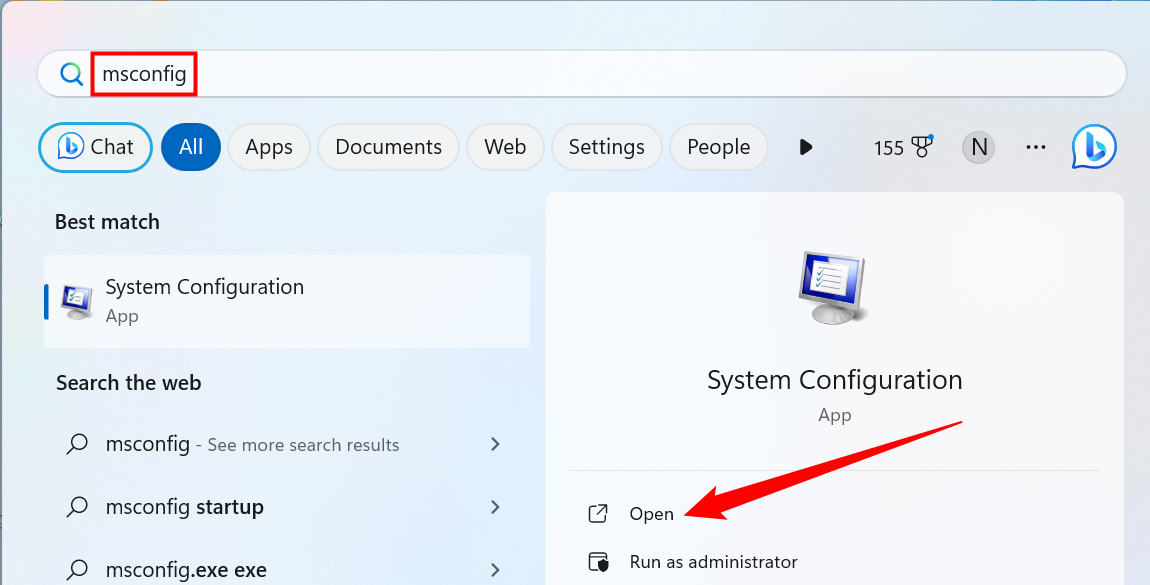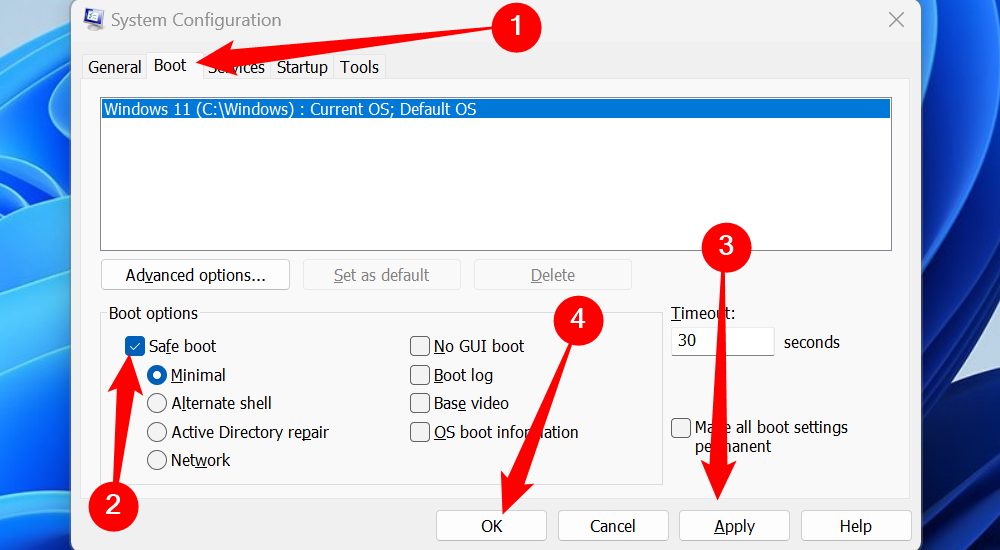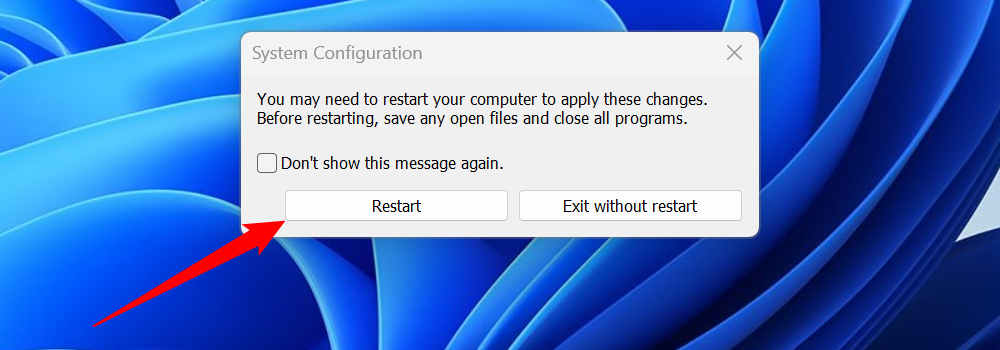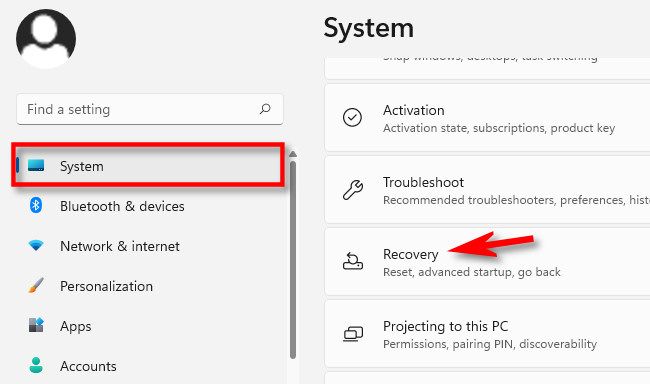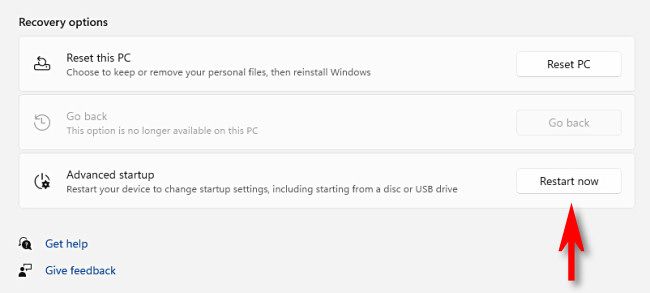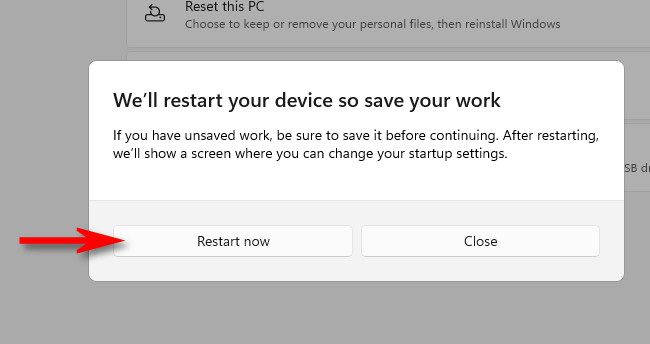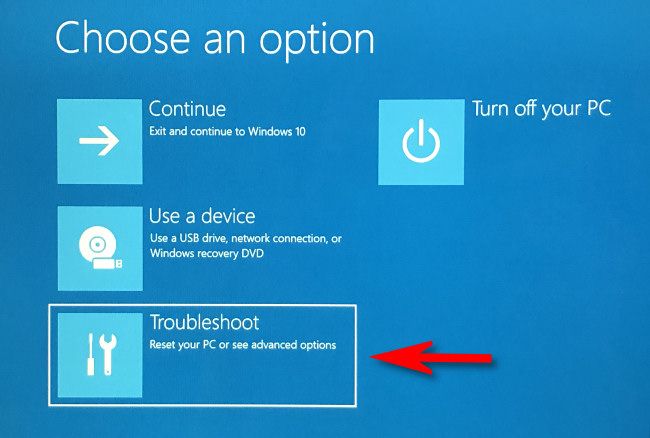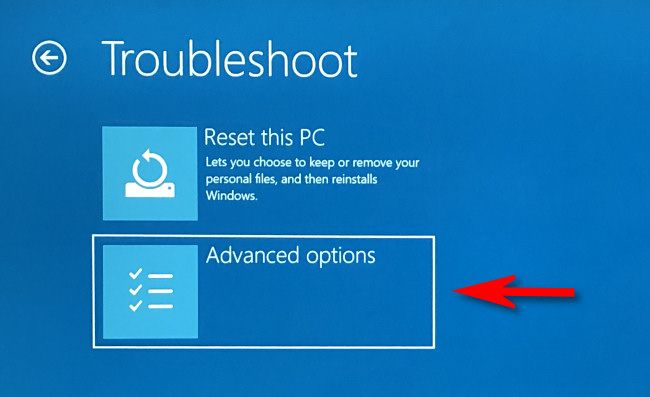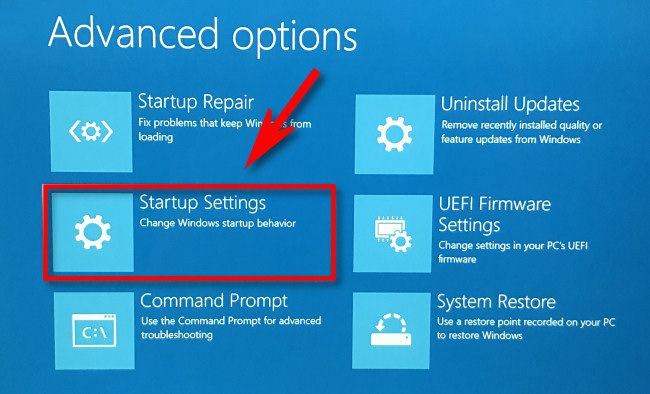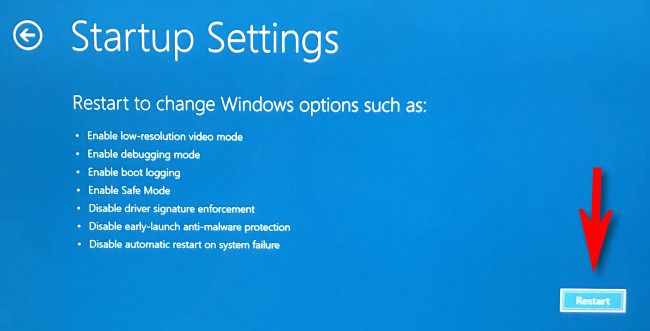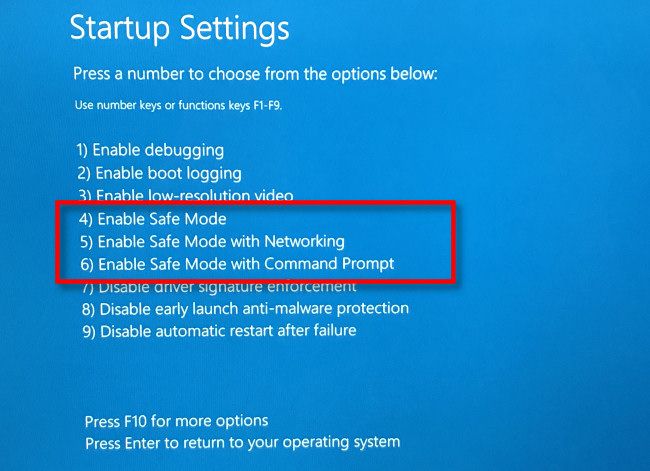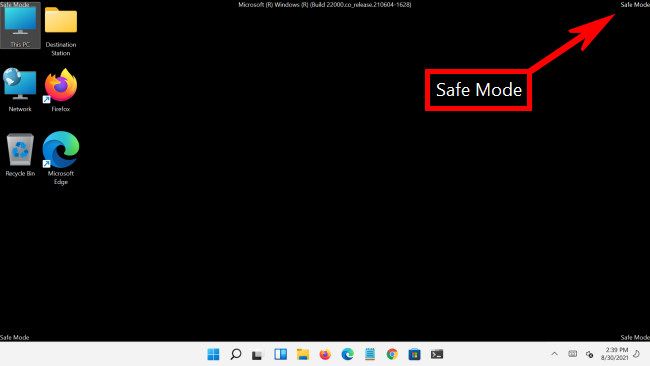
Unlock the Power of Safe Mode on Windows 11 with These Simple Steps

Discover the essential steps to access Safe Mode on Windows 11, a powerful troubleshooting tool designed to resolve errors and restore system functionality Uncover different methods, including booting from startup, using msconfig, and accessing Safe Mode directly from the Windows interface
Key Takeaways
Troubleshooting and Enhancing PC Stability: Accessing Safe Mode on Windows 11
Rebooting your Windows 11 PC in safe mode can effectively address startup problems and enhance its overall stability. To access safe mode, simply follow these steps:
1. Shift-click on "Restart" located in the Start Menu.
2. Navigate to Troubleshoot.
3. Proceed to Advanced Options.
4. Click on Startup Settings.
By successfully entering safe mode, you can tackle any issues that may be hindering the proper functioning of your computer.
To quickly enter safe mode, you can use the "msconfig" utility. Follow these steps:
1. Open the Start Menu and search for "msconfig."
2. Select "System Configuration" from the search results.
3. Go to the "Boot" tab.
4. Tick the box next to "Safe Mode."
5. Click "Apply" and then restart your PC.
Another way to enter safe mode is through the Settings app. Here's how:
1. Open the Settings app.
2. Click on "System" and then select "Recovery."
3. Locate "Advanced Startup" and click on "Restart Now."
4. From the options, select "Troubleshoot," then choose "Advanced Options," followed by "Startup Settings," and finally click "Restart."
If you're experiencing difficulties initiating your Windows 11 PC, rebooting into safe mode could be beneficial. This mode temporarily disables drivers and features, enhancing the stability of your PC. Here's a step-by-step guide on how to perform this action.
How to Enter Safe Mode at Boot
In Windows 7 and earlier, Safe Mode could be accessed by pressing a function key, like F8, shortly after turning on the PC. However, starting with Windows 8, Microsoft removed this feature due to faster startup times, making it difficult to press the key in time.
Instead, Microsoft introduced an "automatic failover" solution for situations when the PC experiences malfunctions and fails to load Windows correctly. If the PC fails to start twice in a row, it will automatically enter an advanced startup troubleshooting mode. To initiate this, power on the PC and press the physical power button as soon as you see the manufacturer's logo. Repeat this process twice, and an "Advanced Startup" screen with various options will appear. To enter Safe Mode, follow the instructions provided in the next section.
Enter Safe Mode with msconfig
The quickest way to get into Safe Mode in Windows 11 is with the "msconfig" utility. Open up the Start Menu, search "msconfig," and select "System Configuration."
You may also open a Run window (Windows + R) and enter "msconfig" there instead.
Head to the "Boot" tab, check the box next to "Safe Mode," and then select "Apply" and "OK." To boot into Safe Mode with Networking, ensure you choose the "Network" option under "Boot Options."
Once you click "OK," a second popup will appear, giving you the option to restart immediately. Even if you choose to "Exit without restart," the next time you reboot your PC, it will automatically enter Safe Mode.
How to Enter Safe Mode from Windows
The process to enter Safe Mode on Windows 10 is very similar, but the interface looks a little different.
There are multiple methods to enter the "Advanced Startup" mode on Windows 11 and choose "Safe Mode" from a range of options. The simplest approach involves accessing the Start menu and selecting the power icon located in the lower-right corner. Subsequently, while holding down the Shift key on your keyboard, click on "Restart."
Alternatively, you have the option to initiate the journey towards Safe Mode by accessing the Settings application. Commence by pressing Windows+i to open Settings (or utilize the search function in the Start menu to locate it). Once Settings is launched, navigate to the sidebar and click on "System," followed by selecting "Recovery."
In Recovery Options, locate the "Advanced Startup" option and click the "Restart Now" button beside it.
Windows will confirm with a pop-up dialog box that asks you to save your work before you restart. When you're ready, click "Restart Now."
After that, Windows will shut down and restart into a blue-colored screen titled "Choose an Option," with several options in a brief list. Select "Troubleshoot."
In Troubleshoot, select "Advanced Options."
In Advanced Options, select "Startup Settings."
In Startup Settings, click "Restart."
After the PC restarts, it will display a "Startup Settings" menu containing nine numbered options. To access Safe Mode, press the "4" key on your keyboard. If you need Safe Mode with Networking, press "5", or for Safe Mode with Command Prompt, press "6". In most cases, pressing 4 or 5 is recommended, but if you are comfortable with the Windows command line and require advanced troubleshooting, pressing 6 can be beneficial.
After choosing your preferred option, Windows will proceed to start in Safe Mode. The screen resolution will be altered, and your desktop background will be substituted with a black background displaying "Safe Mode" in the corners.
Once you have completed any necessary troubleshooting tasks, simply restart (or shut down) your Windows 11 PC as you normally would. If everything goes smoothly and your issue has been resolved, when you next boot up your computer, you will no longer be in Safe Mode and will instead be in the standard non-safe Windows mode. Best of luck!
